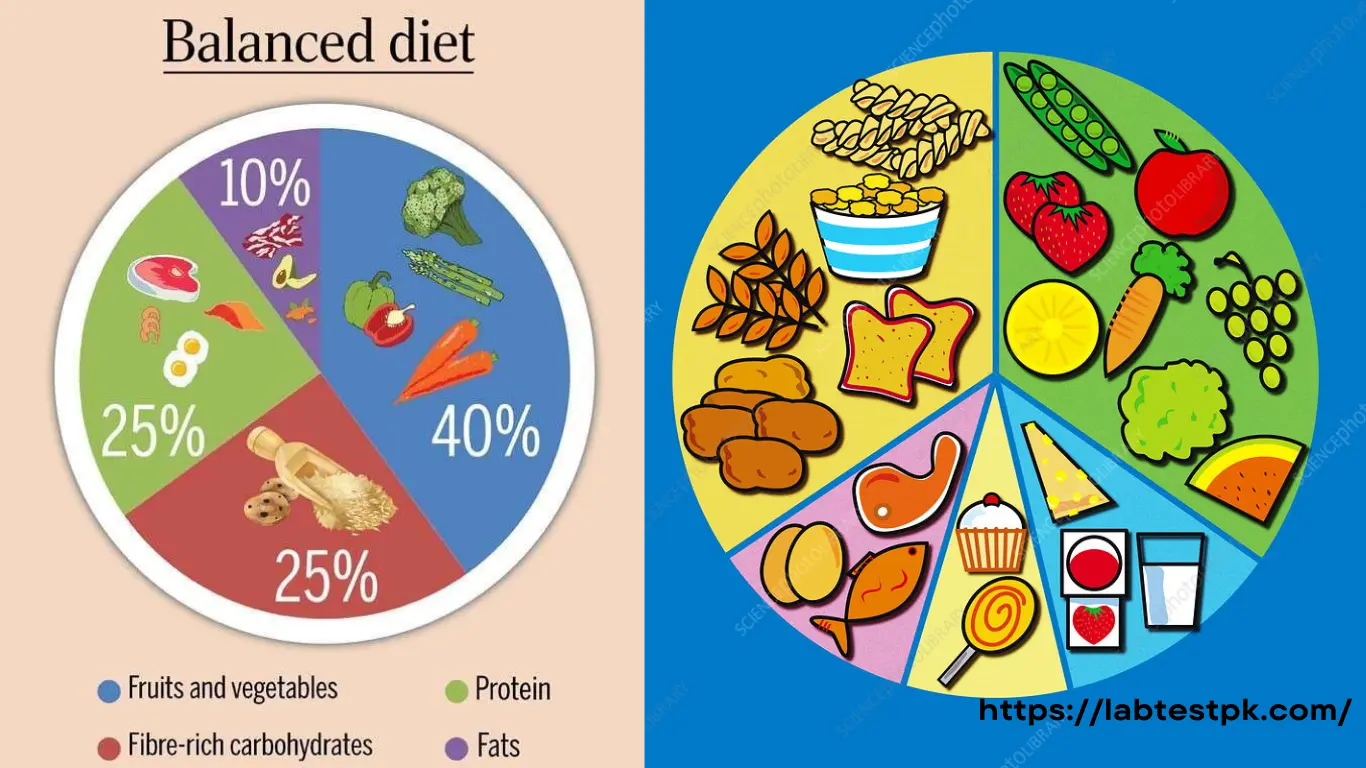Rise by Six: Your Daily Dose of Inspiration
Explore insights and stories that elevate your day.
The Balanced Plate: More Than Just a Meal
Discover the secret to a fulfilling life with The Balanced Plate—where meals transform into moments of wellness and joy! Click for more!
10 Essential Components of a Balanced Plate: Nutritional Guidelines You Need to Know
Understanding the 10 essential components of a balanced plate is crucial for maintaining good health and achieving your nutritional goals. A balanced plate should include a variety of foods that provide all the necessary nutrients your body needs. These components can be categorized into five major food groups: fruits, vegetables, grains, protein, and dairy. By incorporating each group into your meals, you ensure an adequate intake of vitamins, minerals, and other vital nutrients. Remember, diversity is key; the more colorful your plate, the better!
Here are the 10 essential components you should aim to include in your meals:
- Whole grains
- Lean proteins
- Low-fat dairy
- Fruits
- Vegetables
- Nuts and seeds
- Healthy fats
- Legumes
- Herbs and spices
- Water
Each of these components plays a unique role in your overall well-being. For instance, whole grains provide necessary fiber, while lean proteins are vital for muscle repair and growth. Ensuring you meet these nutritional guidelines will pave the way for better health, increased energy, and improved mood.

How to Create a Balanced Plate: Tips for Healthy Meal Planning
Creating a balanced plate is essential for maintaining a healthy lifestyle. To begin with, ensure that your meals are composed of a variety of food groups. Aim for a plate that includes fruits, vegetables, lean proteins, and whole grains. A helpful tip is to use the plate method: fill half of your plate with fruits and vegetables, one quarter with protein, and the remaining quarter with whole grains. This simple visual guideline can make healthy meal planning easier and more manageable.
When planning your meals, keep in mind the importance of portion sizes. Overeating—even healthy foods—can lead to unwanted weight gain. Consider using measuring cups or a food scale to ensure you’re serving appropriate amounts. Additionally, try to incorporate a variety of colors and textures into your meals to keep them appealing and satisfying. Remember, meal prepping can also save you time and help you stick to your balanced plate guideline throughout the week.
Is Your Plate Balanced? Common Mistakes to Avoid for Optimal Nutrition
When it comes to maintaining a healthy diet, understanding the concept of a balanced plate is crucial. A common mistake many people make is neglecting the variety of food groups that should be included in their meals. A well-balanced plate typically consists of:
- Fruits and Vegetables: Aim for at least half the plate to be filled with colorful veggies and fruits, providing essential vitamins and minerals.
- Proteins: Include a source of lean protein, such as chicken, fish, tofu, or legumes, which helps in tissue repair and muscle growth.
- Whole Grains: Choose whole grains like quinoa, brown rice, or whole-wheat bread to provide energy and fiber.
Another common pitfall is overlooking portion sizes. Even healthy foods can contribute to weight gain if consumed in excess. It's important to listen to your body's hunger cues and serve portions that align with your activity level. Additionally, watch out for processed foods, which can easily sneak into your diet and disrupt nutritional balance. Instead, focus on preparing meals at home using whole ingredients, as this practice not only enhances your plate's nutritional value but also fosters healthier eating habits and increases your awareness of what you're putting on your plate.